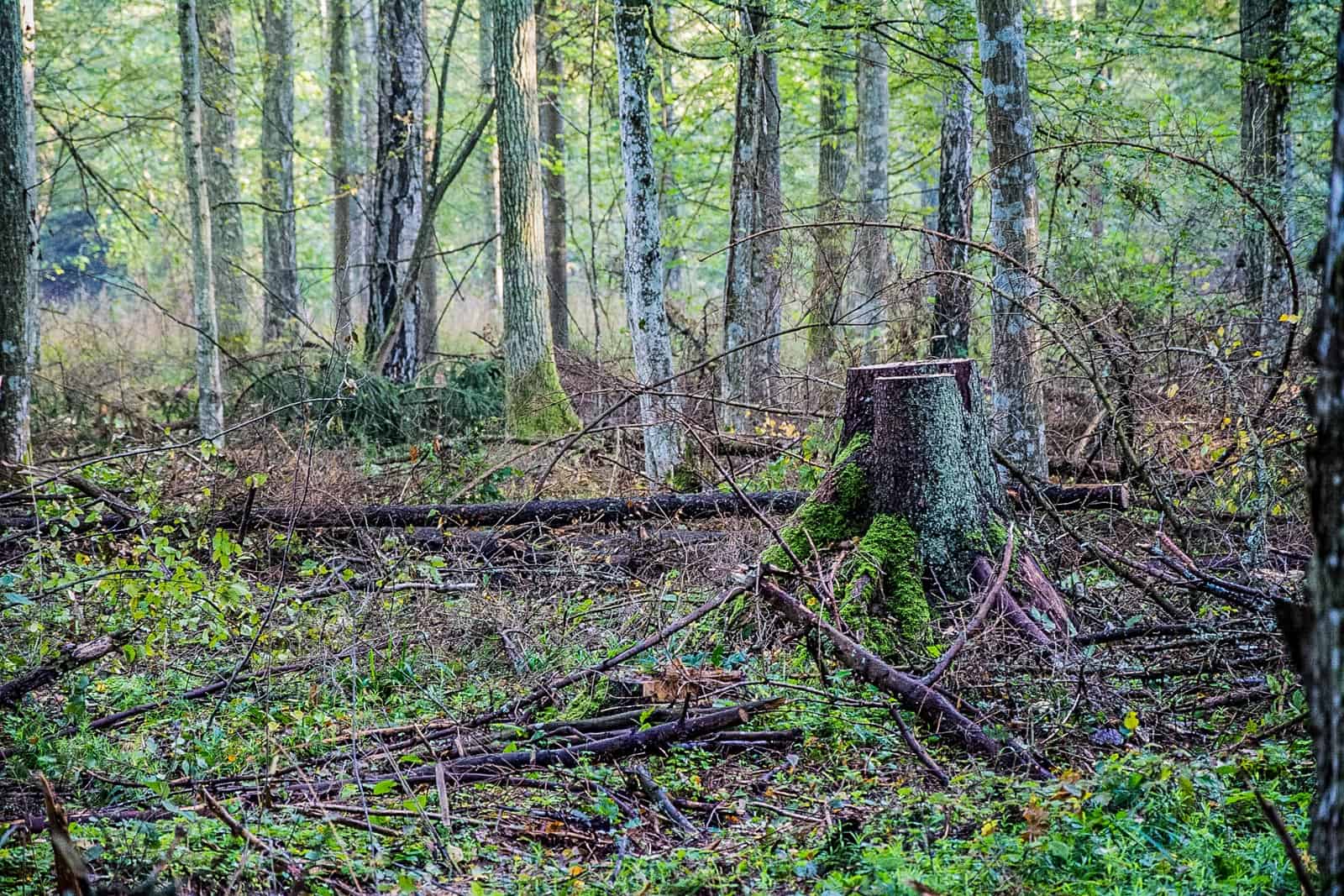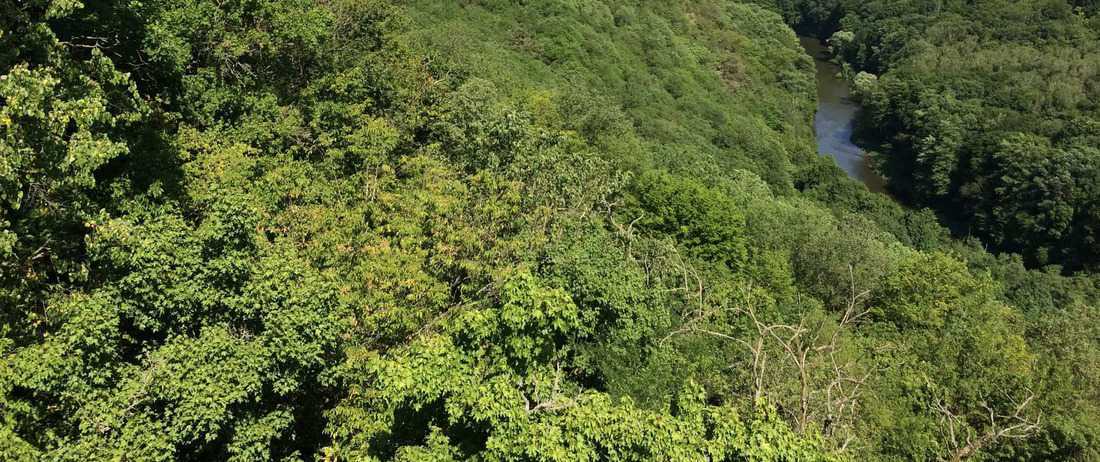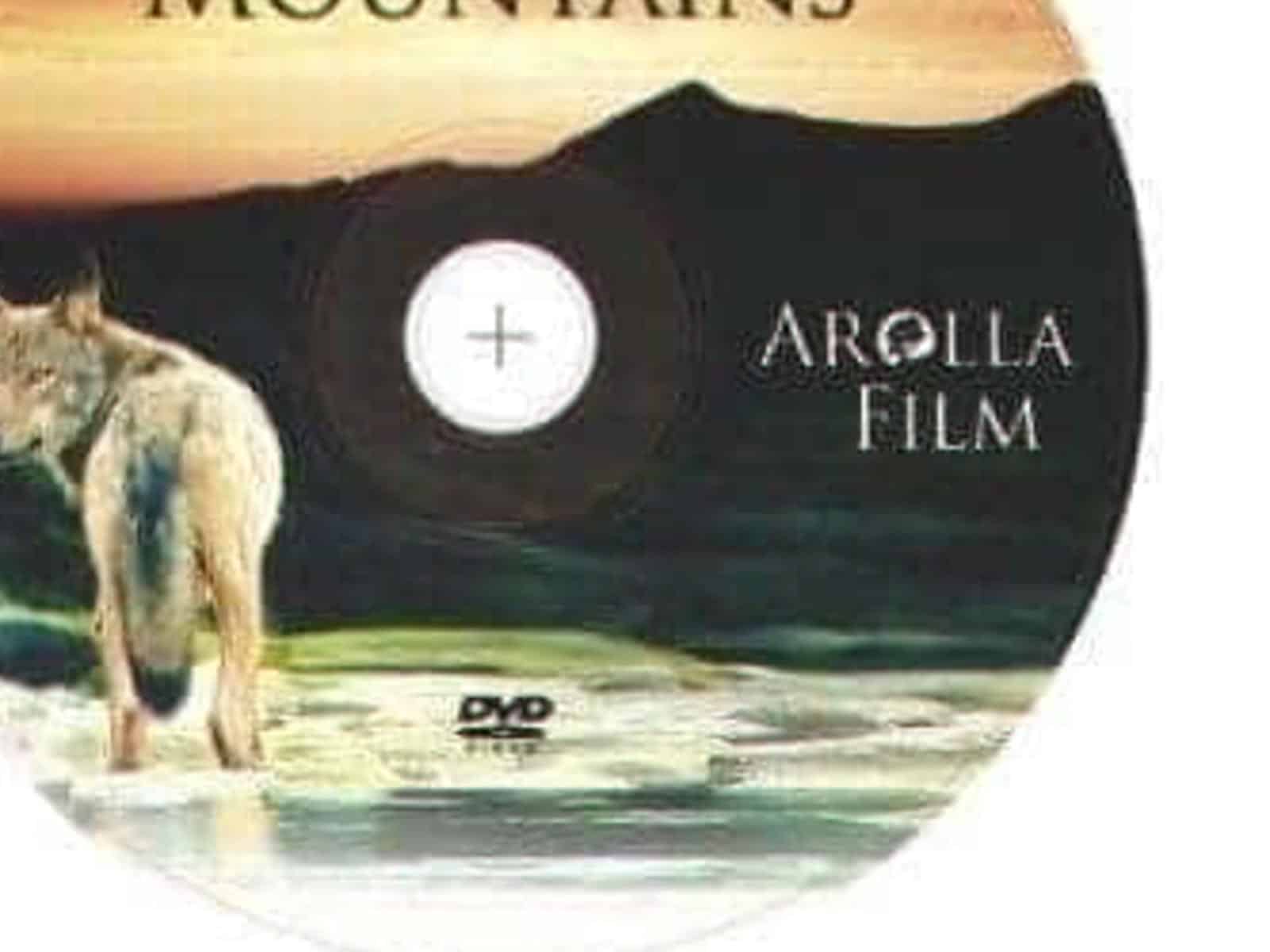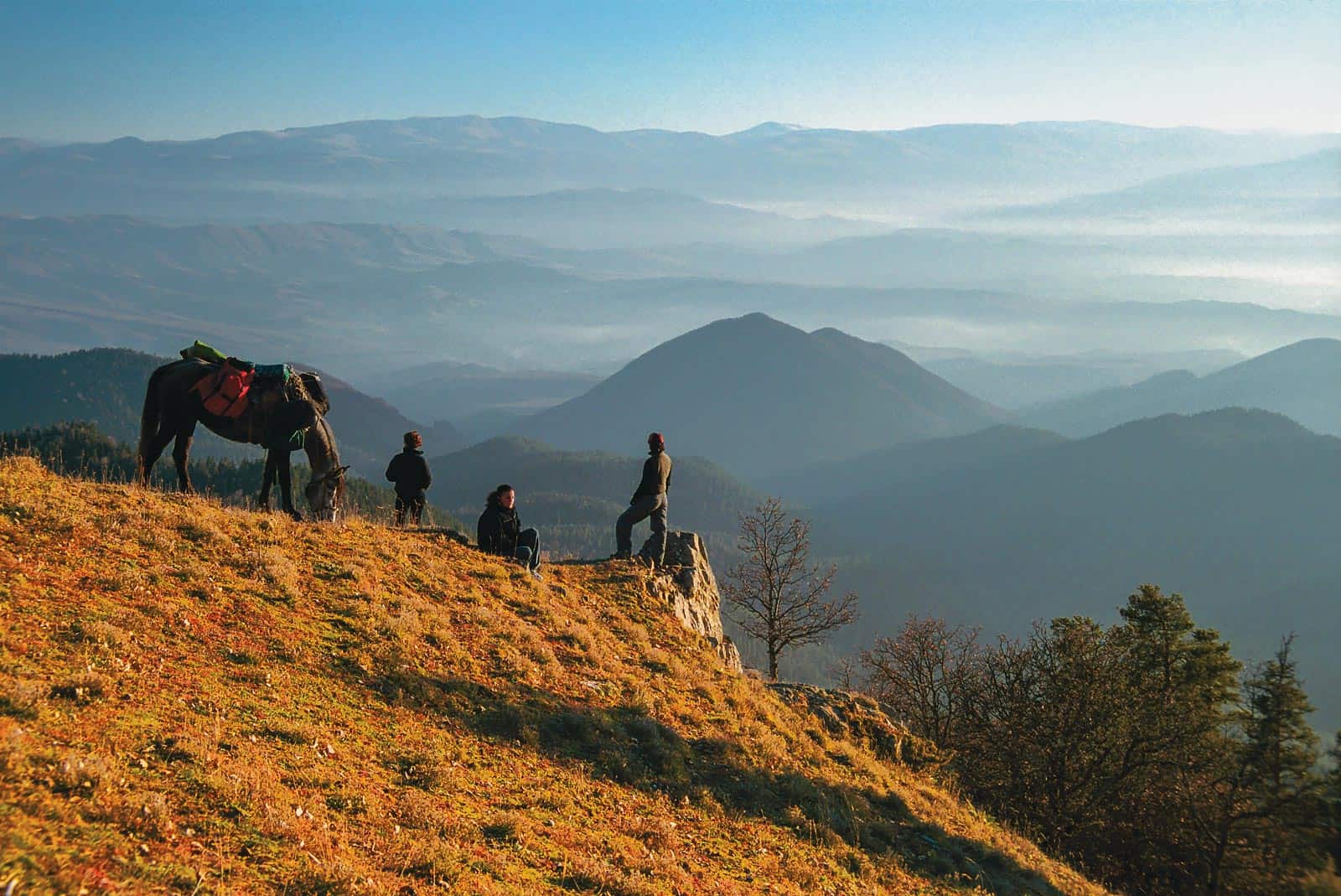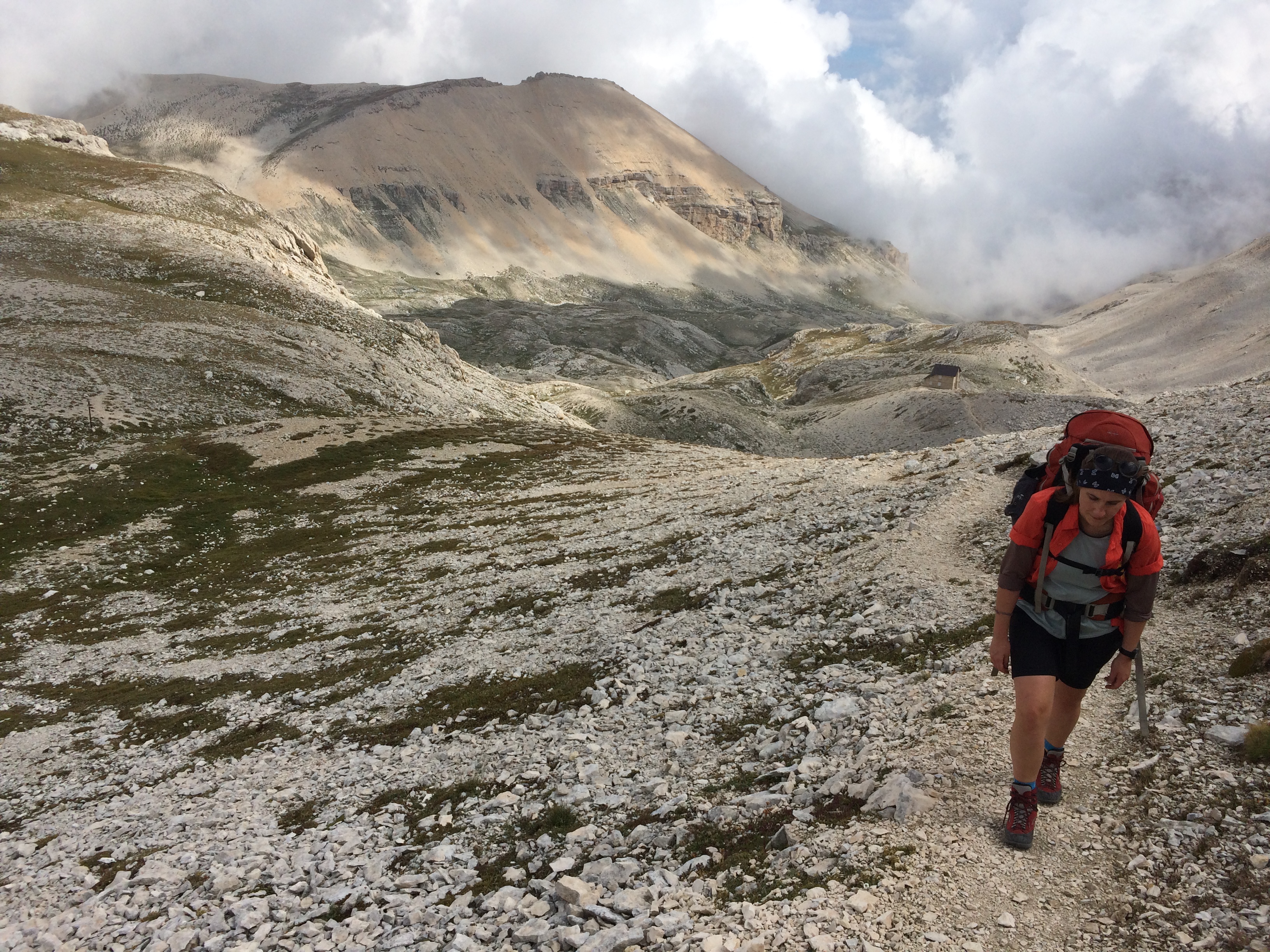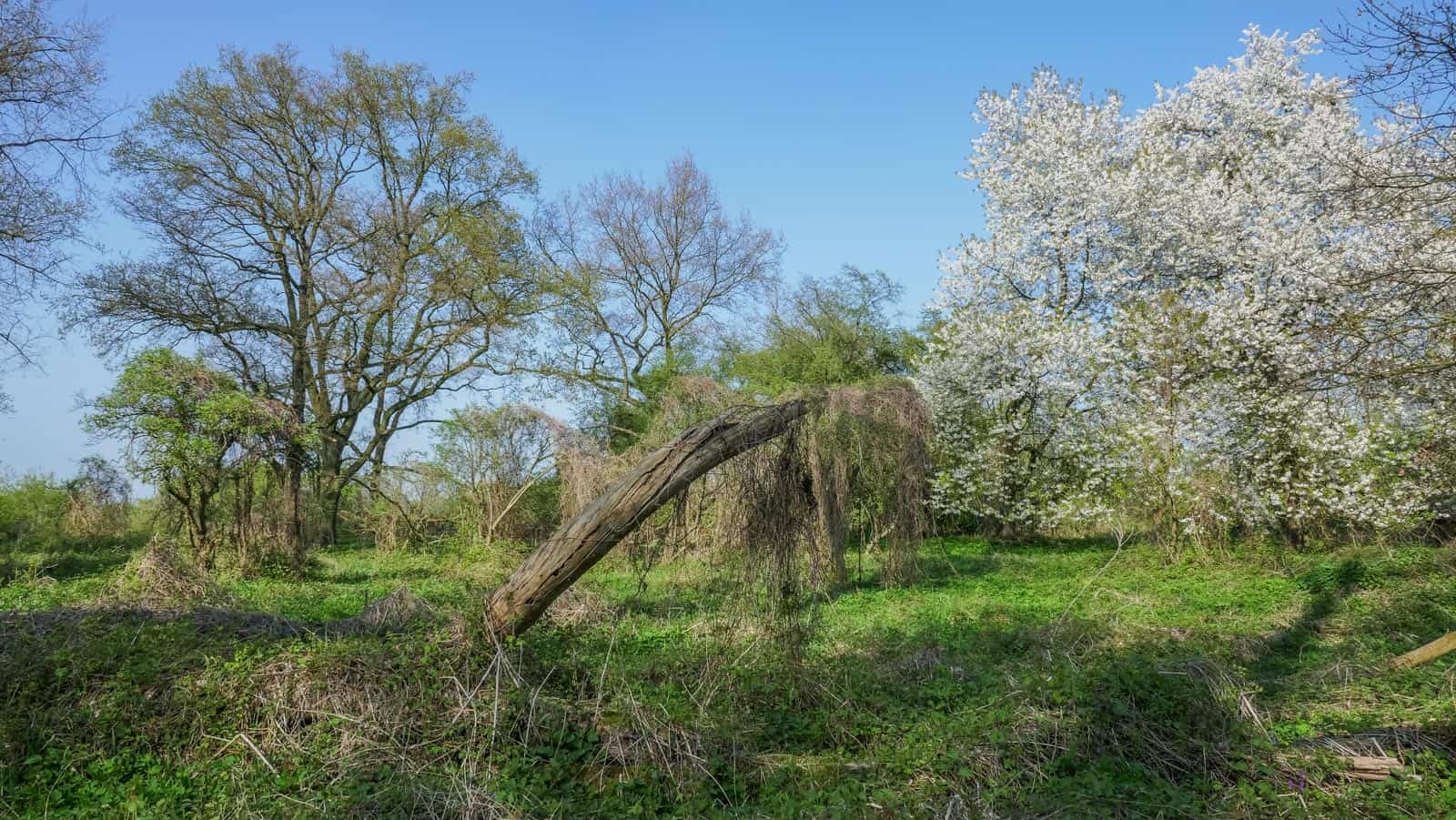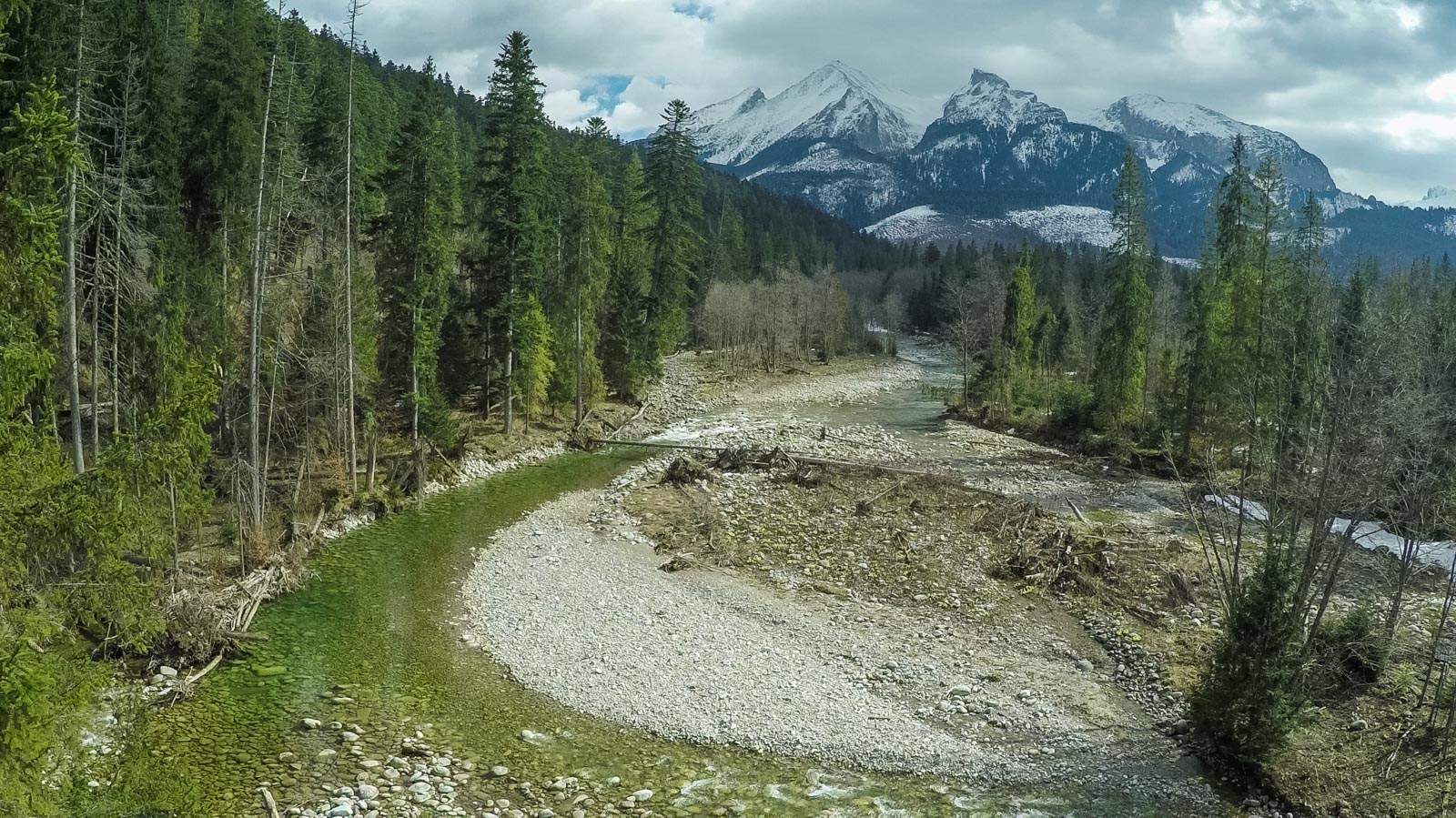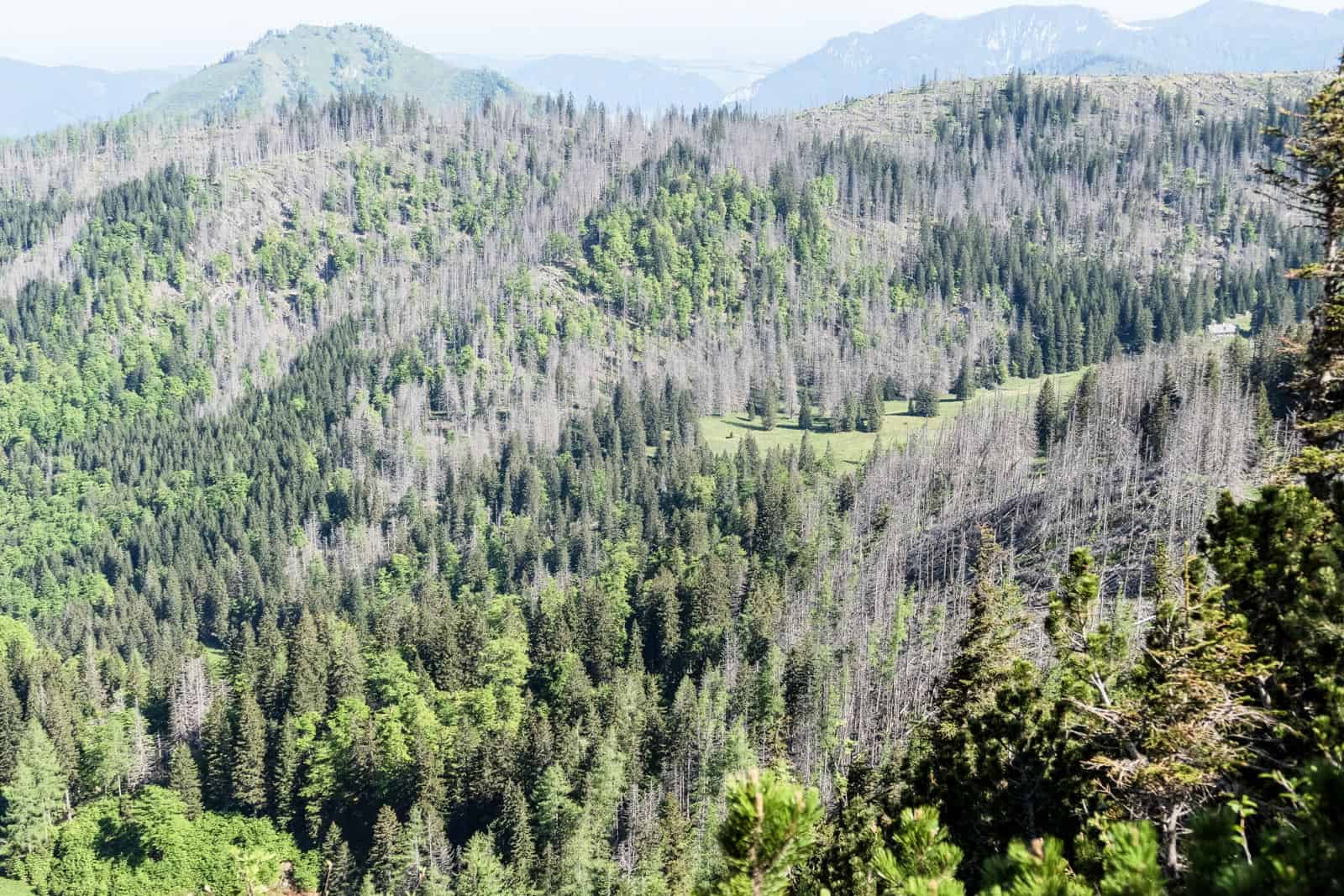Forest use: Spare where possible, share where beneficial
As advocates of Wilderness – drastically shortened meaning non-human-intervention or self-willed land – we are often confronted with the question how to provide food, construction materials and other important natural goods for a growing population. This question often has the hidden agenda to play off Wilderness against human wellbeing. But this would only make sense in a world, where we only have two options: either banning humans from nature completely or utilizing all land for human needs. As so often, only a compromise can be the answer. Forest use is the best example.
How much nature can we spare?
Even the most ambitious conservationists do not call to enclose people in cities, but propose a 50/50 approach – set aside 50% of land for natural processes while using the other 50% for human needs. In reality, 15% of all land worldwide are protected according to IUCN. But protected does not mean closed for humans. Most areas still allow human use to different degrees. So, the percentage of real Wilderness is only a fraction of the 15%. In Europe, only 7% of IUCN-recognized areas belong to IUCN category I, which represents Wilderness.
Forest use is no one way street
The use of forests demonstrates that different degrees and forms of human utilization have their benefits and a place in our world.
Natural or wild forests are by far the most ecologically valuable forests. They host an incredible variety of biodiversity, provide many necessary ecosystem services and create the foundation for a living planet. In Europe, 47% of land is covered with forest, of which 12% are protected. Only 8% of the protected forest – equaling less than 1% of all forest – has no active intervention. However, even in some of these areas, sanitary logging after calamities is practiced. So less than 1% all of forest in Europe is potential Wilderness. 99% percent of it is used for timber production.
Please also read: Wild Forests Protect The Climate
Management must be sustainable
We acknowledge the necessity to utilize forest products for the sustainable transformation of our economy. But forest management can range from “wood factories” to sustainable forestry with selective logging. Planting non-native species in monoculture to gain maximum yield as soon as possible is no sustainable way of production. These monocultures host minimal biodiversity, are vulnerable to diseases and can easily collapse in times of the climate crisis. After the massive forest die-off in Germany in 2019, the government unfortunately made the mistake to equate replanting of monocultures with the creation of a future-proof forest. If we want to create forests that can adapt to climate change, we need diverse forests with natural processes. Using selective logging, they produce high-quality timber while preserving their ecological function.
A third way of forest use
But timber production is the not the only way to utilize a forest. For millenia, humans used the forest as a source of food. This does not just include hunters and gatherers, but a variety of methods adapted to the local conditions. The umbrella term for many of these methods is agroforestry – a combination of agriculture and forestry. While it is still common in indigenous communities around the world, it was largely abandoned in Europe due to increasing automatisation and changing lifestyles. Still existing examples are silvopasture in the Mediterranean, where livestock is herded in thin forests, or scattered orchards, where fruit trees are losely spread with grassland inbetween. These landscapes host immense biodiversity compared to modern industrial agricultural fields and preserve ecosystem services.
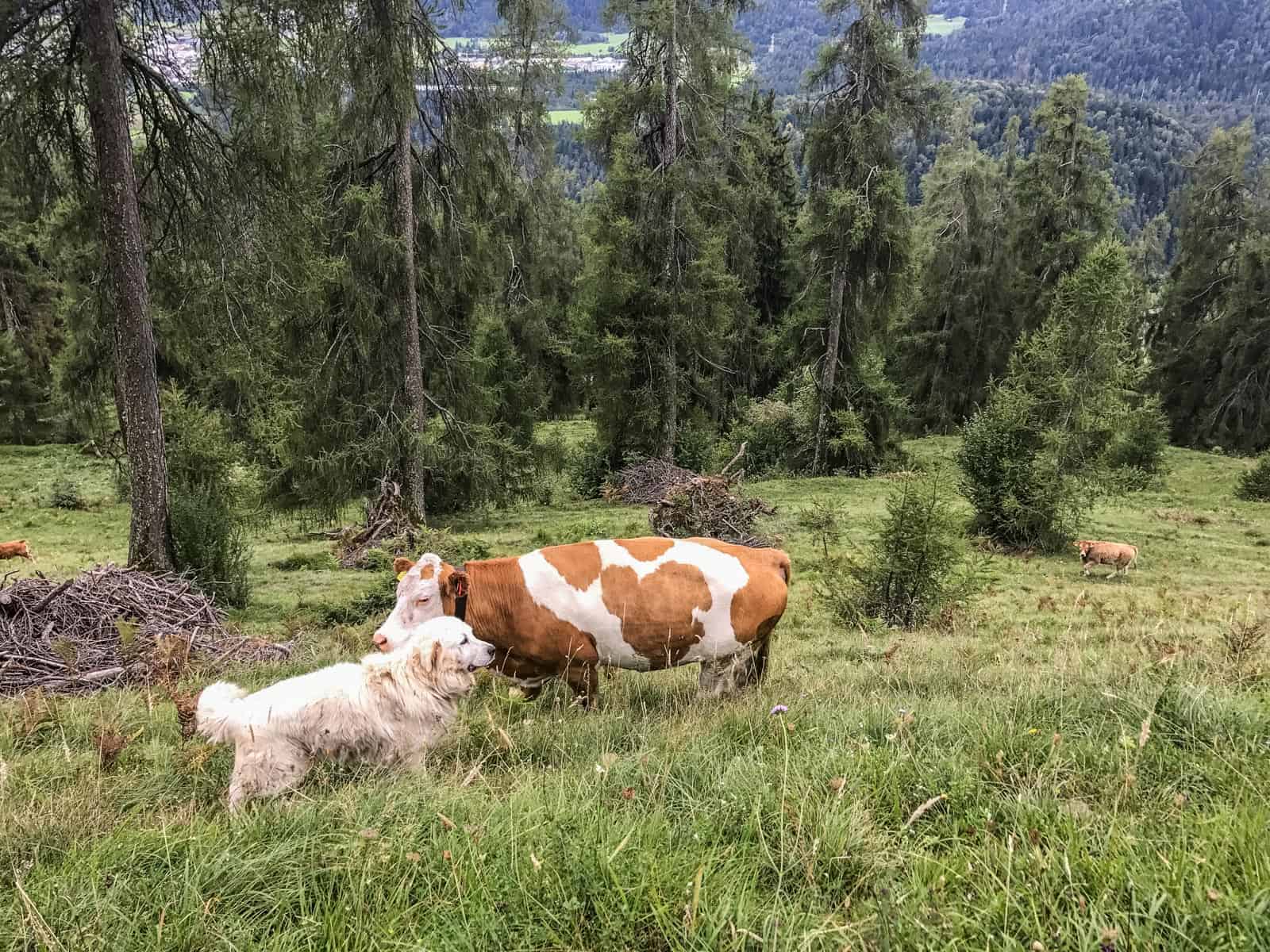
In recent times, these methods have a comeback in many corners of Europe. On Sardinia, young farmers pick up traditional silvopasture again. Due to the difficult economic conditions on the island, many people are leaving the rural areas for the cities. Yet, with the help of silvopasture, some decide to stay and continue leading the traditional lifestyle. The Toddes family rears 100 goats in a forest of old-growth chestnuts, cherries, acorns. In a cycle, the goats fertilize the forest with their excrements and feed on the undergrowth, reducing the risk of fires. In return, the varied diet of the goats produces cheese much richer in flavor than any industrial product. The old-growth trees also produce high quality timber.
In our work, we often have to defend the importance of Wilderness. Particularly, when people compare multifaceted land use with Wilderness. Modern science offers many arguments why Wilderness is important, but the challenge is to transform that data into human-friendly language. The truth is that silvopasture can be a great tool to produce food, but not to protect natural and spontaneous biodiversity and Wilderness.

Diversity is key
All of this shows that forest use can never be an either-or. Our goal is not to prohibit all use of forest in Europe, but to protect as much Wilderness as possible. Even if we can multiply the area of non-intervention forest in Eruope by ten, that is still only 5% of all land. For the yield of forest products, not these small percentages we set aside are decisive, but how the other 95% are managed. Far more “usable” forest could be created by reforesting degraded landscapes than by intervening into Wilderness. And silvopasture can be one way to move away from industrial agriculture, which kills wildlife, pollutes our water and leads to deforestation around the globe.
The way to create a sustainable world is not to play off one part of nature conservation against another, but to convince society that nature conservation must be our prime goal – protecting nature means protecting ourself!

